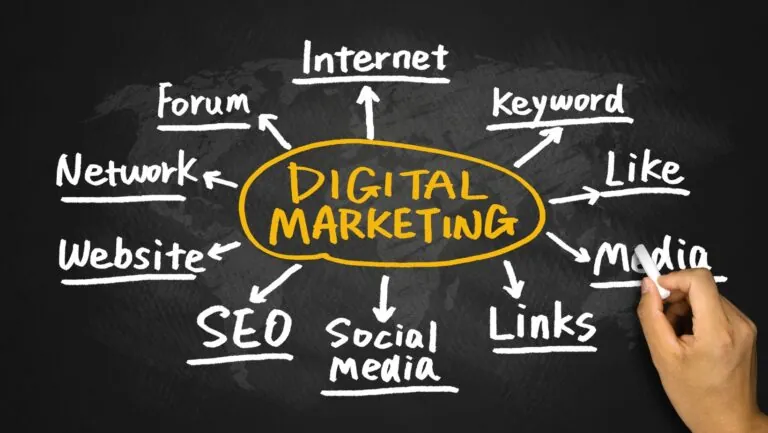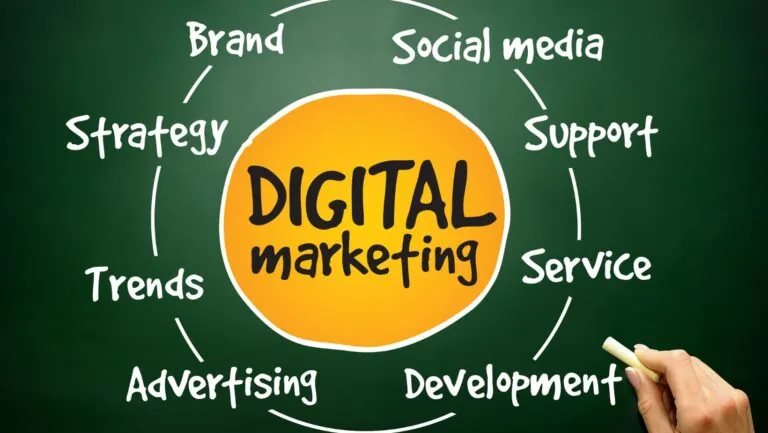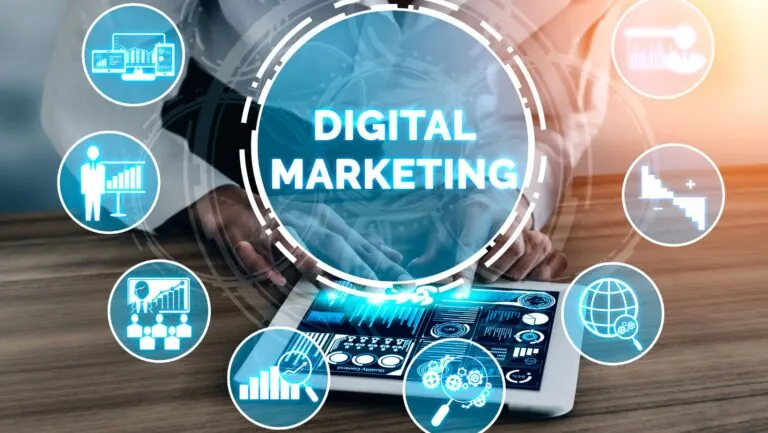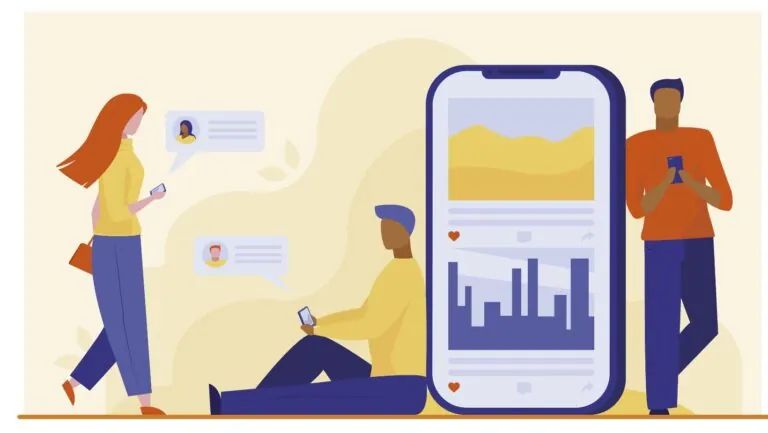Table of Contents
ToggleIn today’s digital landscape, promotional emails play a crucial role in connecting businesses with their audience. As consumers are bombarded with countless messages daily, crafting an effective promotional email can make all the difference. It’s not just about sales pitches; it’s about creating engaging content that resonates with recipients and encourages action.
Effective promotional emails can boost brand awareness, drive traffic, and increase conversions when executed well. With the right approach, businesses can leverage this powerful tool to foster relationships, build loyalty, and ultimately enhance their bottom line. Understanding the key elements of successful promotional emails is essential for any marketer looking to thrive in this competitive environment.
Understanding Promotional Emails
Promotional emails serve as a powerful tool for businesses to engage with consumers directly. They aim to inform, entice, and drive action, ultimately establishing a connection between brands and their audience.
Definition and Purpose
Promotional emails are communications designed to promote products, services, or events. They often contain special offers, discounts, or announcements. The primary purpose is to encourage recipients to take a specific action, such as making a purchase, signing up for a newsletter, or visiting a website. By delivering relevant content, businesses can heighten customer interest and engagement.
Importance in Marketing Strategy
Promotional emails play a vital role in marketing strategies. They can:
- Enhance brand visibility across varied platforms.
- Drive targeted traffic to websites, landing pages, and social media channels.
- Boost sales and revenue through effective calls to action.
- Foster customer retention by keeping consumers informed about new products and updates.
When integrated into a comprehensive marketing strategy, promotional emails can significantly impact customer relationships and ROI.
Types of Promotional Emails

Promotional emails come in various formats, each serving distinct purposes to engage consumers effectively. Understanding these types aids marketers in crafting targeted campaigns.
Newsletter Emails
Newsletter emails typically consist of regular updates that inform subscribers about company news, product launches, and industry insights. These emails enhance engagement by providing valuable content, fostering a connection with the audience. Companies often include articles, tips, or curated content related to their products or services, promoting brand loyalty while keeping recipients informed.
Discount and Offer Emails
Discount and offer emails aim to entice consumers by showcasing exclusive deals, limited-time discounts, or special offers. These emails generate urgency through clear call-to-action phrases, prompting recipients to act quickly. Marketers can personalize these emails by segmenting their audience based on purchasing behavior, which increases the likelihood of conversions and boosts sales.
Product Announcement Emails
Product announcement emails notify consumers about new releases or improvements to existing products. These emails highlight key features, benefits, and use cases to spark interest and inform subscribers. By incorporating visually appealing elements and social proof, such as customer testimonials, these announcements can effectively position new products and increase customer engagement.
Re-engagement Emails
Re-engagement emails target inactive subscribers to rekindle their interest. These emails often include personalized content, exclusive offers, or surveys to understand customer preferences. By addressing disengagement, marketers can effectively win back customers and enhance retention while maintaining a strong relationship with their audience.
Best Practices for Crafting Promotional Emails
Crafting effective promotional emails involves attention to detail and an understanding of marketing principles. Implementing best practices enhances engagement, resulting in higher conversion rates.
Compelling Subject Lines
Compelling subject lines capture attention and encourage opens. Effective subject lines typically include these elements:
- Urgency: Using phrases like “limited time offer” prompts immediate responses.
- Curiosity: Phrasing that intrigues recipients can enhance open rates.
- Relevance: Personalizing subject lines based on recipient behavior makes them more appealing.
- Length: Keeping subject lines under 50 characters ensures compatibility across devices.
Personalization Techniques
Personalization techniques increase the relevance of emails and improve interaction rates. Strategies include:
- Name Insertion: Using the recipient’s name in the greeting creates a personal touch.
- Behavior-Based Content: Tailoring content based on past purchases or browsing history addresses individual interests.
- Segmenting Audiences: Dividing recipients into specific groups allows for targeted messaging that meets the unique needs of each segment.
- Dynamic Content: Implementing dynamic elements can change based on the recipient’s preferences or actions, enhancing engagement.
Clear Call to Action
- Visibility: CTAs should stand out using contrasting colors and bold text.
- Clarity: Phrasing like “Shop Now” or “Get Your Discount” conveys precise instructions.
- Urgency: Adding time-sensitive language, such as “Offer ends soon,” can compel quick action.
- Simplicity: Ensuring the CTA is straightforward minimizes friction in the decision-making process.
Measuring Success of Promotional Emails
Measuring the success of promotional emails involves tracking specific metrics that indicate campaign performance. Understanding these metrics allows marketers to refine their strategies and enhance overall effectiveness.
Key Metrics to Track
- Open Rate: This metric reflects the percentage of recipients who open the email. A higher open rate suggests effective subject lines and optimal sending times.
- Click-Through Rate (CTR): CTR measures the percentage of recipients who click on links within the email. This metric indicates how engaging the content and calls to action are.
- Conversion Rate: This metric shows the percentage of recipients who complete a desired action, such as making a purchase. Increased conversion rates signify successful promotional tactics.
- Bounce Rate: The bounce rate indicates the percentage of emails that could not be delivered. A high bounce rate may point to issues with the email list quality.
- Unsubscribe Rate: This metric tracks the percentage of recipients who opt out of the mailing list after receiving an email. A rising unsubscribe rate might highlight content relevancy or frequency issues.
- Return on Investment (ROI): ROI assesses the financial return generated by the email campaign relative to its cost. Tracking ROI helps evaluate the overall effectiveness of promotional email efforts.
Analyzing Engagement Rates
Analyzing engagement rates provides insights into how recipients interact with promotional emails. Engaging metrics help identify what resonates with the audience.
- Read Rate: This metric determines the proportion of open emails that are actually read. Comparing read rates against open rates helps assess content effectiveness.
- Time Spent: Measuring the average time recipients spend viewing the email can indicate interest levels. Longer engagement often correlates with higher conversion potential.
- Heatmaps: Using heatmaps provides a visual representation of where recipients click within the email. This data reveals which content areas attract the most attention.
- A/B Testing Results: Conducting A/B tests allows marketers to compare different email elements, such as subject lines or images. Analyzing the results aids in optimizing future campaigns.
- Device Analysis: Understanding which devices recipients use to open emails helps tailor content appropriately. Marketers can improve design and layout based on device popularities.
- Segmentation Performance: Analyzing performance across different audience segments helps tailor future campaigns. Recognizing which segments perform better aids in targeted marketing strategies.
Promotional emails are essential tools for businesses aiming to connect with their audience effectively. By crafting engaging content and utilizing best practices, marketers can create campaigns that not only promote products but also build lasting relationships with customers. The strategic use of personalization and compelling calls to action can significantly enhance engagement and drive conversions.
Tracking key metrics allows businesses to refine their approaches and ensure their promotional efforts yield the desired results. As the digital landscape continues to evolve, staying ahead with innovative email strategies will be crucial for maintaining a competitive edge and maximizing return on investment. Embracing the power of promotional emails can lead to greater brand visibility and increased customer loyalty.








